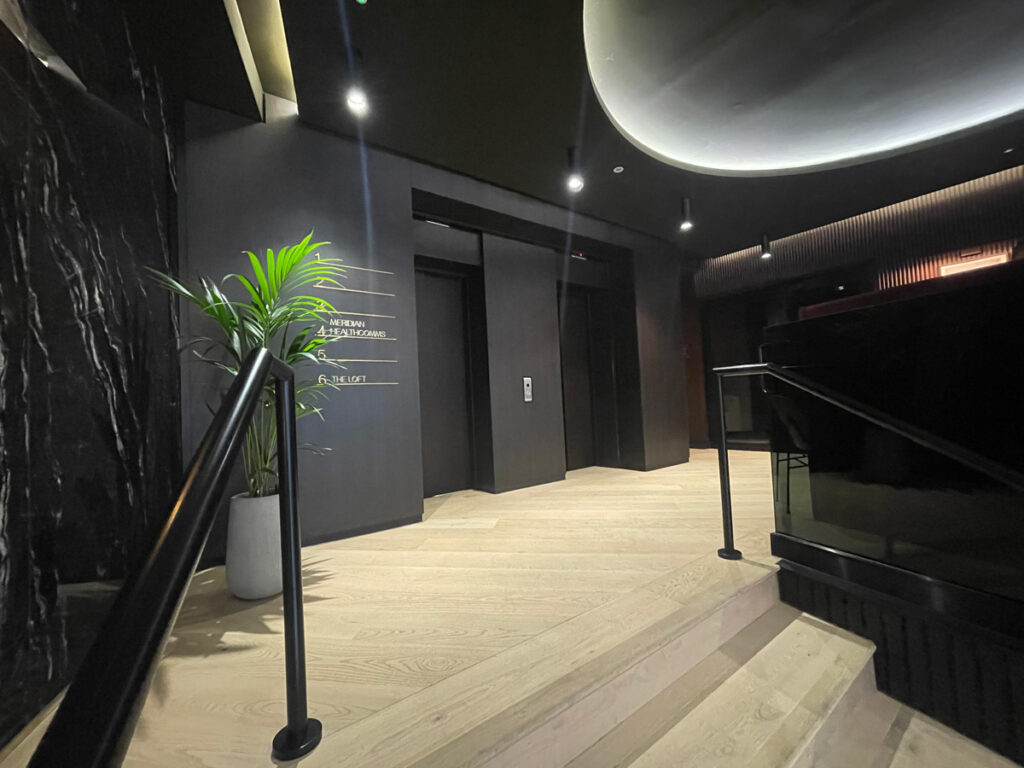Hotel renovation is necessary for staying competitive, maintaining guest satisfaction, and keeping up with design trends. However, the hotel renovation process can easily disrupt the guest experience, potentially resulting in negative reviews, lower occupancy rates, and damaged brand reputation.
That’s where the game-changing concept of wrapping comes in. From silent hotel upgrades to rapid restaurant wrapping transformations, wrapping offers a cutting-edge, non-invasive approach to remodeling that keeps guests blissfully unaware that changes are happening.
The Modern Dilemma: Upgrade Without Interruption
Today’s travelers expect luxury, comfort, and aesthetics—and they won’t settle for anything less. Yet, closing down rooms or entire floors for traditional remodeling can mean lost revenue and operational headaches.
Balancing operational continuity with the demand for fresh, modern interiors is a challenge many hoteliers face.
That’s why fast interior makeovers that don’t compromise guest experience are becoming the industry gold standard. Guests expect peace and quiet, even while improvements are underway.
So, how do you execute a hotel room transformation or restaurant wrapping facelift without construction noise, dust, or inconvenience?
Wrapping: A Silent Revolution in Hospitality Upgrades
Wrapping technology, initially popularized in the automotive and advertising industries, is now redefining how hotel renovation are approached in hospitality.
Think of it as a sophisticated, large-scale sticker system that can be applied to almost any surface, walls, furniture, doors, counters, and even bathroom fixtures.
Using high-quality architectural films, hotel operators can achieve the appearance of wood, marble, leather, or metal without replacing a single structure.
This technique allows for non-invasive remodeling, where the original surface remains untouched underneath the wrap. The process is odorless, quiet, and clean, perfect for environments that prioritize guest comfort.
Why Wrapping Works: Benefits Beyond Aesthetics
Beyond the obvious aesthetic advantages, wrapping is fast, efficient, and incredibly versatile. Here are a few reasons why more hotel renovation managers are embracing this technique:
1. Minimal Downtime: Wrapping can be done in hours instead of days, allowing rooms and common areas to remain operational. Maintenance teams can even perform updates during low-occupancy hours.
2. Cost-Effective: Traditional hotel renovation often involves labor-intensive demolition, replacement materials, and disposal fees. Wrapping eliminates many of these costs while delivering high-end visual results.
3. Eco-Friendly: Because there’s no need to tear out and replace existing materials, there’s significantly less waste. Many wraps are also made with environmentally friendly materials.
4. Guest-Friendly Renovation: Guests aren’t disturbed by noise or dust, preserving the relaxing atmosphere that travelers expect from a top-tier hotel.
5. Versatile Design Options: From brushed steel elevator panels to faux-wood headboards, the design possibilities are endless.
The Wrapping Process: What Hoteliers Can Expect
The process begins with a design consultation where themes, textures, and finishes are selected. Once the vision is clear, a skilled team preps the surfaces and applies the wraps. Most installations can be completed in under 24 hours for individual rooms or smaller sections of a property.
Surface preparation is minimal but critical. Any grime, oils, or irregularities must be cleaned or smoothed out to ensure the wrap adheres properly and looks flawless. After application, the wrap is heat-sealed and trimmed for a seamless appearance.
Because the process avoids demolition, hotel operations can continue without interruption. Staff and guests are not exposed to harsh smells or loud tools. Plus, if tastes change in the future, wraps can be removed and replaced with ease.
Areas Perfect for Wrapping
Wrapping is incredibly flexible and can be applied in numerous areas of a hospitality property:
- Guest Rooms: Headboards, wardrobes, desks, doors, and even bathtubs
- Lobbies: Reception desks, accent walls, elevators, and lounge furniture
- Restaurants & Cafes: Tables, counters, menu boards, wall art
- Bathrooms: Mirrors, tiles, vanities, and stalls
- Meeting Rooms & Business Centers: Tables, cabinetry, and presentation equipment
Keeping Up with Design Trends Without Losing Sleep
Design preferences change. What was trendy five years ago might now feel dated. With traditional remodeling, adapting to new design trends is both time-consuming and costly. Wrapping offers a way to evolve with design trends swiftly, without the need for major capital expenditure or guest inconvenience.
Whether it’s transitioning from a rustic vibe to a modern aesthetic or refreshing color palettes seasonally, wrapping allows hoteliers to stay current and competitive.
How to Choose the Right Wrapping Partner
The success of any wrapping project depends heavily on the provider’s expertise and material quality. Here are a few tips for finding the right partner:
- Portfolio: Look for providers with experience in the hospitality industry.
- Material Quality: Ensure they use durable, stain-resistant, and fire-retardant films.
- Installation Team: A skilled and certified installation crew is key to achieving a flawless finish.
- Customization: Choose a partner who can offer custom textures, colors, and branding elements to align with your hotel’s identity.
Ready for a Transformation?
Hotel design is more than just aesthetics; it’s an integral part of the guest experience. If you’re looking to elevate your space without the cost, mess, or noise of traditional hotel renovation, wrapping may be your best-kept secret.
Embrace this modern, efficient solution and surprise your guests with refreshed spaces that feel luxurious, new, and uninterrupted.
Whether it’s your guest rooms or a busy restaurant wrapping area, the wrapping approach delivers results that are quick, quiet, and impactful. And the best part? Your guests won’t even notice the work being done, just the beautiful outcome afterward.

